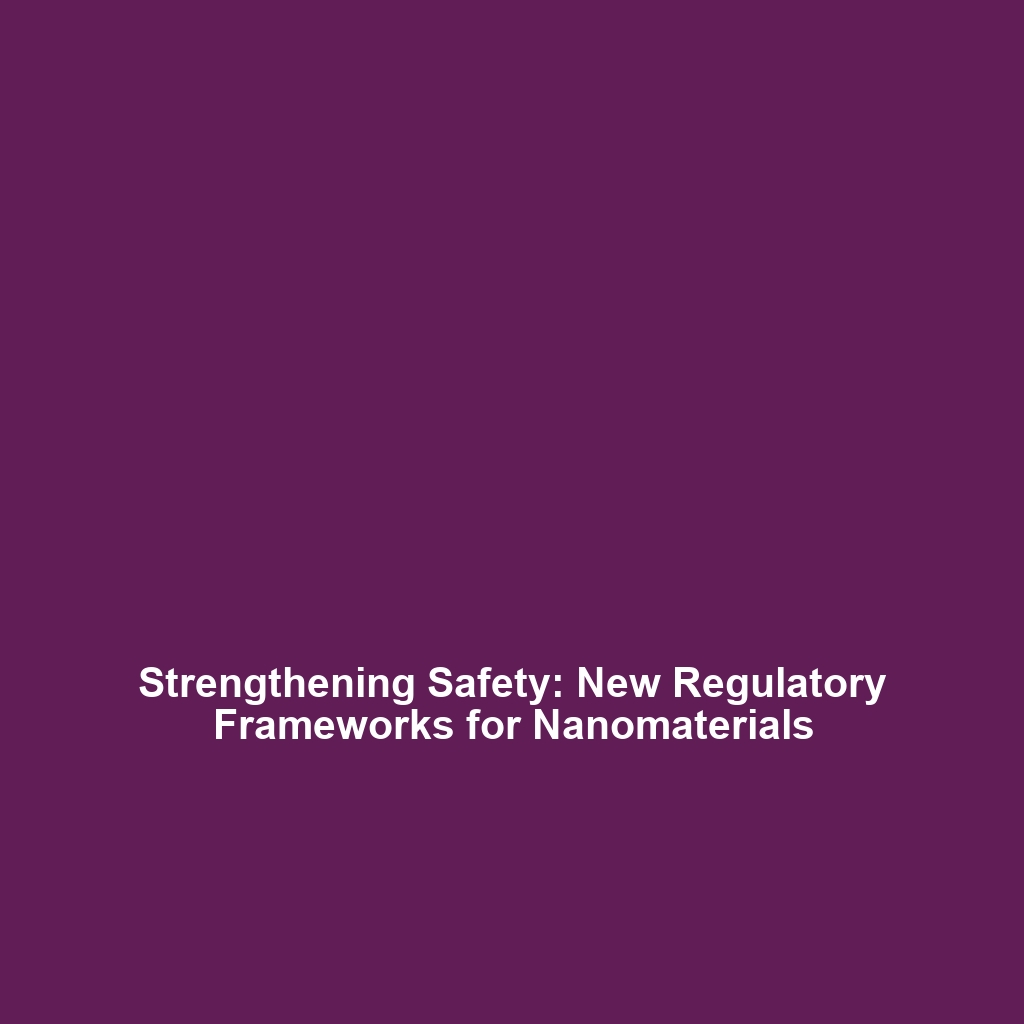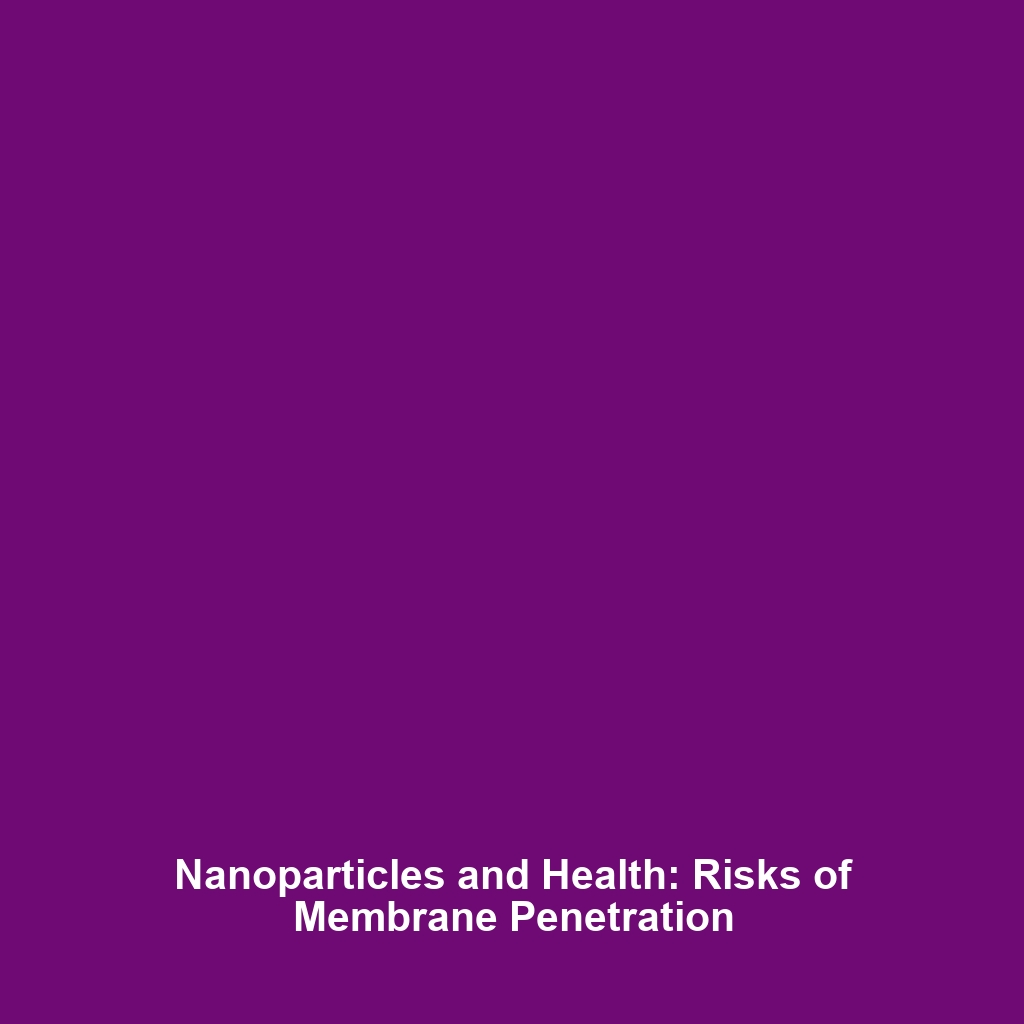Current Methods of Delivering CRISPR: A Comprehensive Overview
Introduction
CRISPR gene editing has revolutionized the field of genetics, providing a powerful tool for precise genetic modifications. Central to the CRISPR framework is the effective delivery of the CRISPR components to target cells. Understanding current methods of delivering CRISPR, including viral vectors, nanoparticles, and electroporation, is essential for advancing gene editing applications. This article aims to explore these methods, their significance, and the future of CRISPR gene editing.
Key Concepts
Viral Vectors
Viral vectors are engineered viruses used to deliver CRISPR components into host cells efficiently. They exploit the natural ability of viruses to infect cells, ensuring high delivery rates. Key benefits include:
- High transduction efficiency
- Ability to integrate into host genomes
- Potential for long-term expression of CRISPR components
Nanoparticles
Nano-sized carriers have emerged as promising vehicles for CRISPR delivery, owing to their biocompatibility and ease of modification. They can shield CRISPR components from degradation and facilitate cellular uptake. Their advantages include:
- Reduced immune response
- Controlled release mechanisms
- Scalability for clinical applications
Electroporation
Electroporation is a physical method that uses electrical fields to increase cell permeability, allowing CRISPR components to enter cells. It is notable for:
- High efficiency in various cell types
- Ease of use in laboratory settings
- Non-viral delivery, reducing safety concerns
Applications and Real-World Uses
The application of current methods of delivering CRISPR is broad and varied. Here are some notable examples:
- Gene Therapy: Utilizing viral vectors for the treatment of genetic disorders, enhancing the functionality of cells.
- Cancer Research: Employing nanoparticles to selectively deliver CRISPR to tumor cells, enabling targeted gene modifications.
- Crop Improvement: Using electroporation in plant gene editing to develop crops with enhanced traits such as drought resistance.
Current Challenges
Despite advancements, several challenges exist in the implementation of these delivery methods:
- Challenges of Viral Vectors: Risk of undesired immune responses and insertional mutagenesis.
- Issues in Nanoparticle Delivery: Difficulty in achieving optimal cellular uptake and potential toxicity.
- Electroporation Limitations: Cell type specificity and the need for specialized equipment.
Future Research and Innovations
Research continues to explore innovative delivery mechanisms for CRISPR, aiming to enhance efficacy and safety. Potential future developments may include:
- Smart nanoparticles that release CRISPR components in response to specific cellular signals.
- Improved viral vector designs that minimize immune responses.
- Advancements in electroporation technology that increase versatility and adaptability across various cells.
Conclusion
Current methods of delivering CRISPR such as viral vectors, nanoparticles, and electroporation play a critical role in the field of CRISPR gene editing. As researchers continue to refine these techniques, the potential for groundbreaking applications in medicine and agriculture expands. For further reading on advancements in CRISPR technology, check out our articles on gene therapy advancements and agricultural applications of CRISPR.









